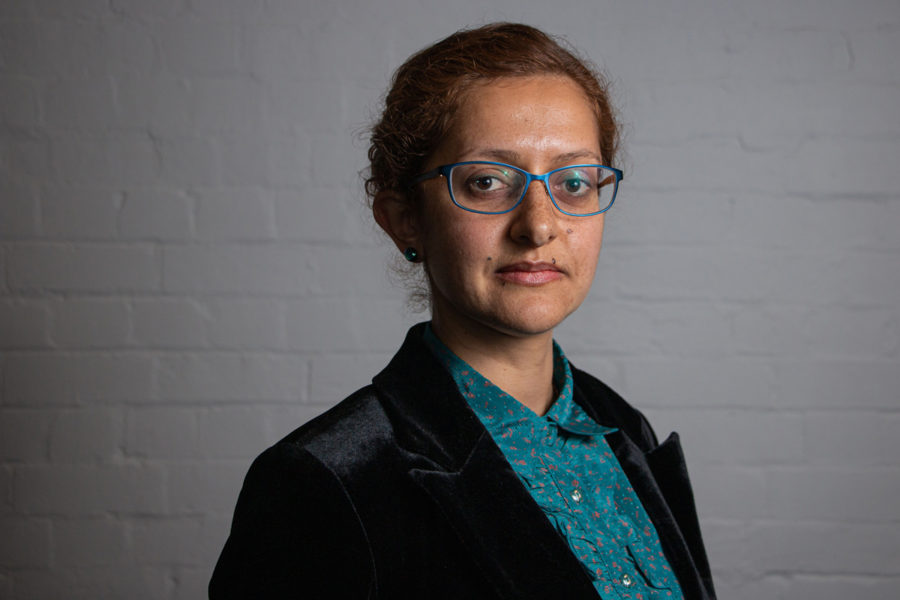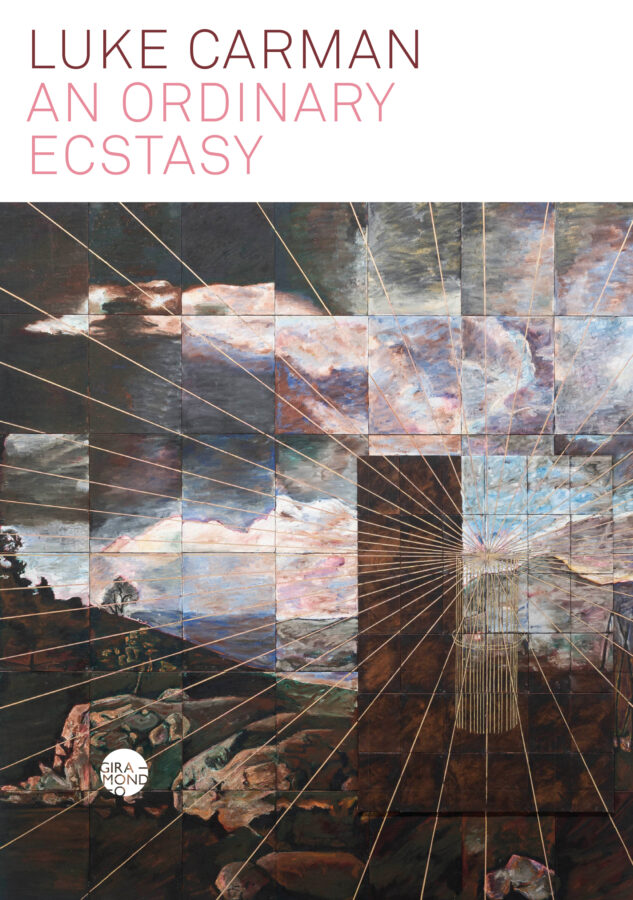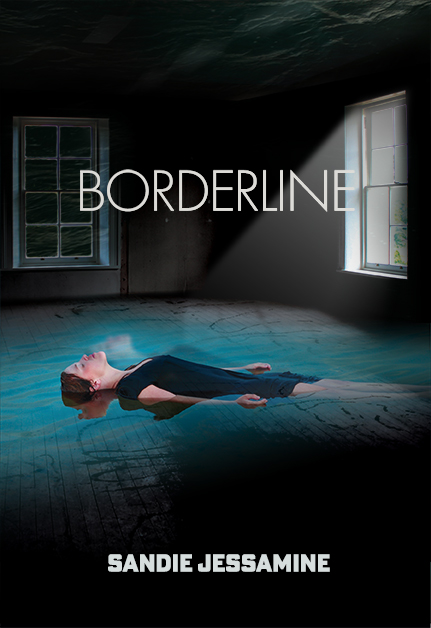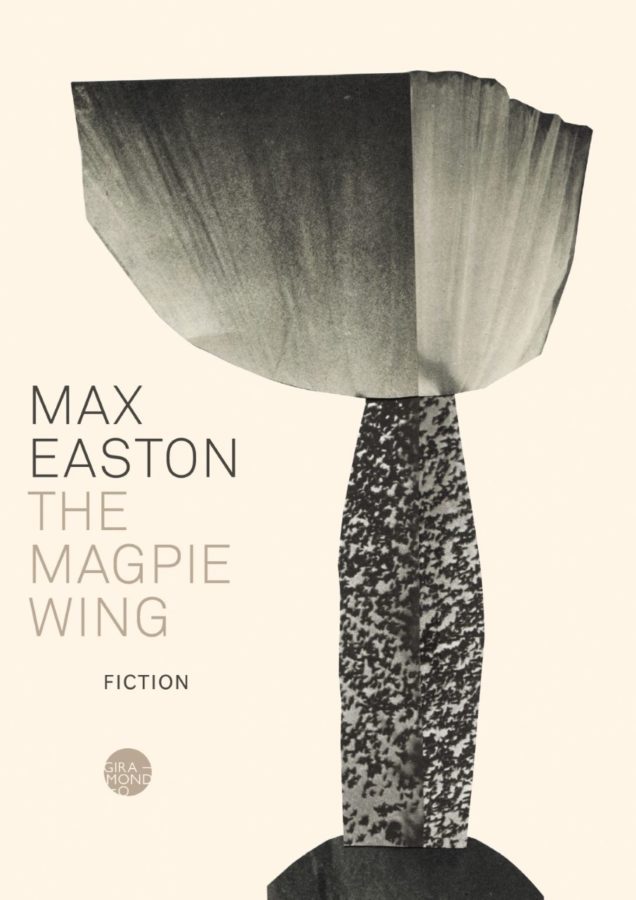The World
2012 was a difficult year.
In considering the hierarchy of years, 2012 still stands out as a landmark year. It is a year of tremors in her life, the foundation shifting, imperceptible to any outsider looking in.
This story does not begin in 2012. It is an origin story and so the narrator will begin it earlier still. Life is the story we tell, us presenting the facts we consider central to how we choose to identify our self.
Starting her story with the start of the team is an obvious choice but she wishes to emphasise the history that brought her to an exact point operating outside a personal choice. She wishes to present it as unavoidable, as having the weight of fate and destiny.
So it is 1994 and our girl is living with her family overseas. This adventure was meant to last three months and here we are and it has already been two years. She does not know it yet but soon she will be leaving, she will be returning to what she will later call her home city. These are the facts arranging themselves above her head, a sense she will later force on the characters in her book. It is a passive view of existence or else it is an acceptance of the limited control we have over the details of our lives. It sits at odds with notions of free will and the belief we’re agents of our destiny.
Later this trip will take on a mythical quality. It will become a reference point. Her birth country and her mythical country will be available to her as landmarks for her to understand her life. She will mention this trip when she identifies as a writer. She is selective with her words. She chooses the term formative.
It is a part of my formative years.
There is another word she remembers from this time. It is a word that she thinks of as pure sound and beyond meaning. The adults around her often refer to el brasil. Somewhere far away, a World Cup is being played and they are certain this is the year of el brasil.
She is too young to be aware of the meaning of this seasonal madness that afflicts the world, striking each time the Earth completes four loops around the Sun. She will remember again this madness a few years later when France wins its first World Cup. The illness hits next in 2002 when Japan and South Korea jointly host the tournament in Asia for the first time. The minor time difference this bout makes it easier for her to catch more of the games. It is again the backdrop for her masters four years down the track. To be honest, she spends more time discussing the national team with her supervisor than the rats whose spatial memory she is meant to analyse.
This sequence of World Cups could continue uninterrupted till the present day but she is last afflicted by this madness in 2010. It is in 2012 – her landmark year – that she finds her energy and obsessions waylaid by events closer to her home. It is this year that she identifies as being the one when her life truly changed.
The Community
Who is she? Where was she born? Where will she end up?
Life is as much the story she tells as what she leaves out. She does not suffer the modern malaise of over-sharing or relying on solidarity in victimhood in order to understand the past. There are details she wishes to acknowledge and others that she prefers to carry quietly to the grave.
People will read her stories, urging her to flesh them out. Each one can be a longer story, advice she dismisses because there are enough details to understand how her words have been arranged. The label of minimalism is attached to her but she is a scientist and she prefers the term essentialism instead. These are the details that matter. Everything else is superfluous and therefore is easily cut.
2012 was a difficult year; its undercurrents touch still the present day. She does not believe her personal story belongs on the page. Instead, there is the football she follows and the team born that year that teaches her so much about community and the place that she calls home.
Sometimes she considers an alternative life. Imagine 2012 is a normal year. Would she have become a fanatical supporter, would her life have ticked on much as before? It is a mental exercise with no end and besides, the facts of her life are stacked already at her back. This is the precise point where the universe has brought her to stand. It is made of a team, its supporters, and the colours of red and black.
The Tribe
This is the age of classification, this is the age of giving everything its name.
She herself needs to be named and so does her tribe, and for this, there exists two schools of thought.
The first school of thought needs the statistics about a figure like Messi to understand him and the game he has just played.
The other school is a humble group that likes simply to watch him kick a ball. There is the goal, there is the player, for the next ninety minutes, they watch the ball kicked back and forth. It is a basic view of the universe and it is how she chooses to tell the story of her stories and her life. She suspects this business with schools of thought has a membership term that stretches for a person’s life.
She likes to play with words but also understands that others require a structure bolted to the ground. So here are the exact details about Messi kicking a ball.
In the year 2012, her club is born. Early supporters choose the colours red and black. They chose the name Wanderers over the Wolves because of a historical tie. Western Sydney was added because that is the region and geography grounds a community and a tribe.
She attended the first game of the Western Sydney Wanderers in Parramatta because she liked the sport, it is her hometown, but that is the story and the truth is she thought: why not?
She remembers that game much as she remembers el brasil. The game gains mythic proportions, and it is impossible then to predict how much this club will come to define her life. Her ticket is for the eastern stand but her eyes are drawn constantly to the active supporters in the north. An article describes the supporters as the noisy bunch and it takes her a couple of games to admit she cares more about the supporters than what is happening with the ball. The team will win or lose but her love is about something else. It is about the colour and the spectacle, it is about how a club can be a better home than the structure of a house.
She points to this club when explaining the origin of the stories she writes. Largely her explanation is ignored in favour of interpretations involving literature, science and where she has spent her past. It is a return to the passive view of the universe: one speaks but beyond her reach, another stresses the signposts of her life.
This is a world of interpretations that groups influences into art or science or the so-called opposites of literature and sport. She is struck as much by this grouping sickness as much as anyone else. This is an information age. Group your facts or suffer from an information mess. One cannot be a writer and a scientist. They are completely opposed. One cannot write seriously and be truly affected by sport.
Consider how much she sees resonance in these details.
In her younger years, Eudora Welty set her stories in glamorous Paris. It was not till later that she thought to write about her home of the American South. She has suffered similarly. My stories shall be international. They shall be New York and Paris, they shall be Dubai. It is not until the Wanderers that she thinks to set them closer to her home.
In an interview, Salman Rushdie is asked about the place he deems to be his home. Which country is it? Is it this one or that, but his response is elsewhere. To certain cities are my strongest ties.
Ask her about the country she calls her home and be prepared for a long-winded response. A city, however, is neater. It is Sydney. Parramatta if she is to be precise.
Roberto Bolaño is instructive in his words about home. Chile is his place of birth, there is his youth in Mexico and then he settles for the rest of his years in Spain. Roberto, what are your ideas about motherland, what are your ideas about home? And Roberto said to them: my family, my children are my home.
Her family is her home, and her family includes the ties of blood and the friendly ties of choice. There is also a club with its red and black colours that is the foundation of all her thoughts on community and home.
If we are to be honest, she would not have dared write that book before there was a team and a club. It was the nudge, and in 2015, she thought: why not? She has been writing since she was five but it will take her decades before she can write about ordinary people living ordinary lives in an ordinary place. It will take her until 2015 to notice that Western Sydney has an identity of its own, that there is no other place like it in the world. It is the range of humanity, its character and colour are unique and its own. They say it is the fastest growing region in the country, that it is developing an artistic voice, but this commentary is neither here nor there. They are not her words. She has overheard them and they belong to someone else. What is more important is the region, her ideas about home and the story about them that she chooses to tell.
The Home
There is a book. Its cover is green. It features a little house.
People tell her they know this house, that it is central to stories of their own.
It is a house from a painting by Noel McKenna with the title Light Green House, Merrylands but it could also be Liverpool, Granville, Penrith, or the area she is from.
This house is disappearing, it is being bulldozed until there is only a hole where it stood but now she is paraphrasing a line of her own.
The stories in her book are about simple people that some would say are resigned to life but she disagrees with this interpretation of her words. These people are stoics who endure in the face of the world. This is a popular story today. We are challenged by adversity, we continue, we endure until the end. She thinks of this story particularly in this trying year. No one in the world has been spared and she is reminded of how much we need the familiar, how much we need our communities and our homes. She thinks of this because it is November and the year is nearing its end. Soon another year will begin and more than anything, she wishes to see the people she loves and to see her team play in their shiny new home. Finally, she wishes to remember that a community is not an imposition. It is personal and it is one subject about which we the individual make the final choice.
November, 2020
Notes After the Game
This essay had its origin in two conversations about football. Firstly, Fever Pitch by Nick Hornby was recommended by Sheila Ngoc Pham. Then upon discovering she was obsessed with football, a Danubio FC supporter from Uruguay recommended Eduardo Galeano’s Football in Sun and Shadow. This wildly creative book comes up frequently in her conversations about literature and now our narrator recommends it to everyone else.
The influence of these two books is imperceptible but they are formative tremors of the underground.
Her other references are as follows:
Eudora Welty and Salman Rushdie speak about their writing origins in interviews with The Paris Review. Welty is in issue number 55 (Fall, 1972) and Rushdie is in number 174 (Summer, 2005).
As for Roberto Bolaño and his children as his home, the reference is to an article by Trevor Logan in Curator Magazine.
Of course there is the book that our narrator wrote, that she is referencing above. It is called The House of Youssef and here you can find it at its Internet home.



